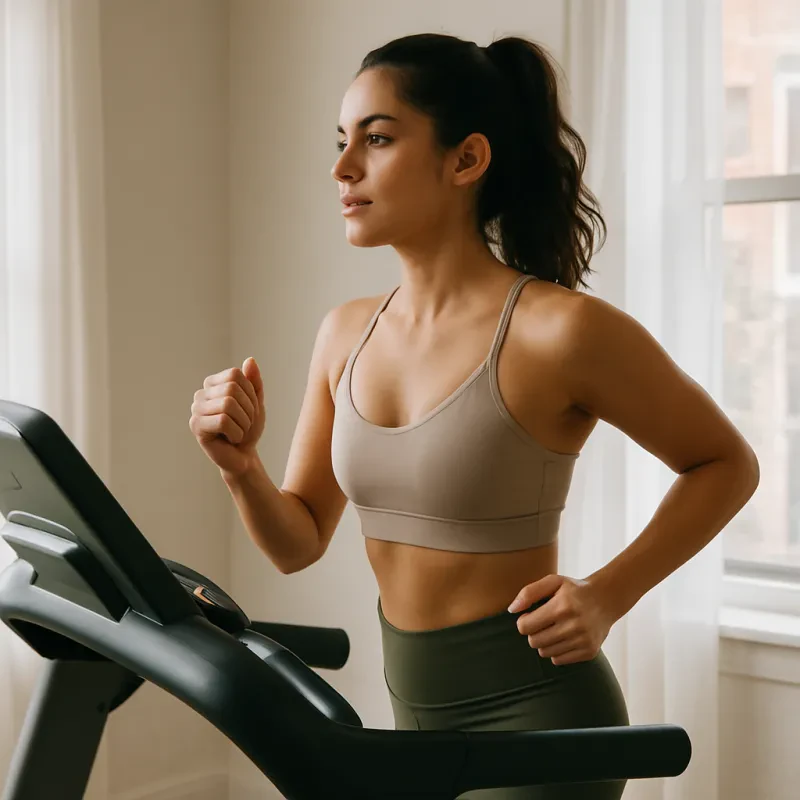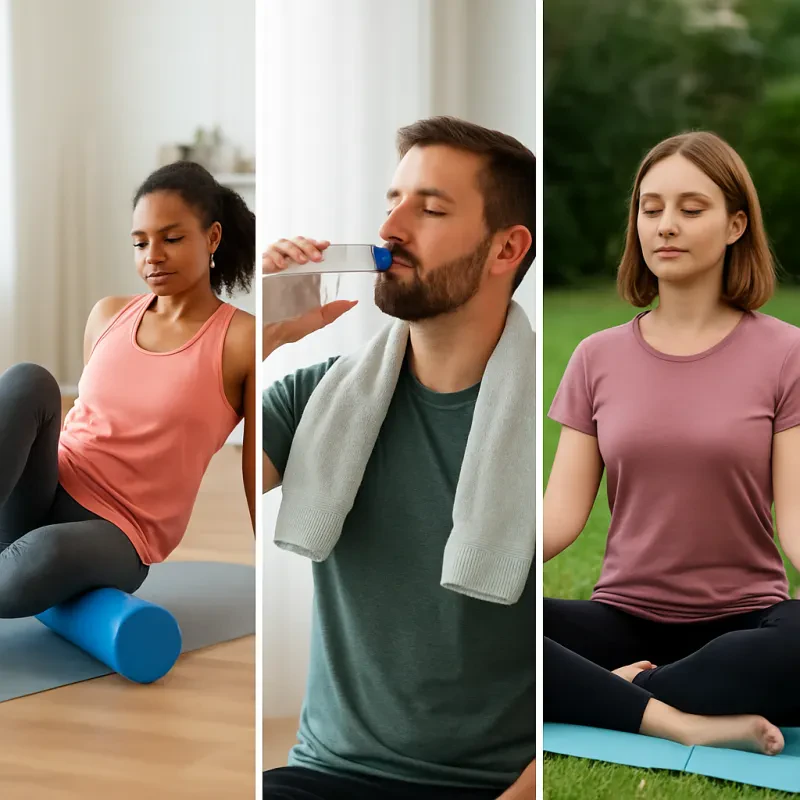🌟 Why Flexibility Training Deserves Your Focus
When people think about fitness, they often prioritize strength, cardio, or weight loss. But one critical component often overlooked is flexibility. Whether you’re an athlete, a desk worker, or someone recovering from injury, enhancing your flexibility can improve your health, performance, and daily movement quality.
In this comprehensive guide, you'll learn:
-
The top science-backed benefits of flexibility
-
How it improves mobility, posture, performance, and injury prevention
-
The best types of stretching routines to include in your day
-
Common myths about flexibility debunked
📈 1. Enhances Joint Range of Motion (ROM)
Why It Matters
Improving flexibility increases your joint’s range of motion, allowing you to move more freely and perform exercises with better form and depth. Whether you're squatting, lifting, or dancing, better ROM means less restriction and more efficiency.
Key Benefits:
-
Decreases joint stiffness
-
Improves functional movement
-
Helps correct muscle imbalances
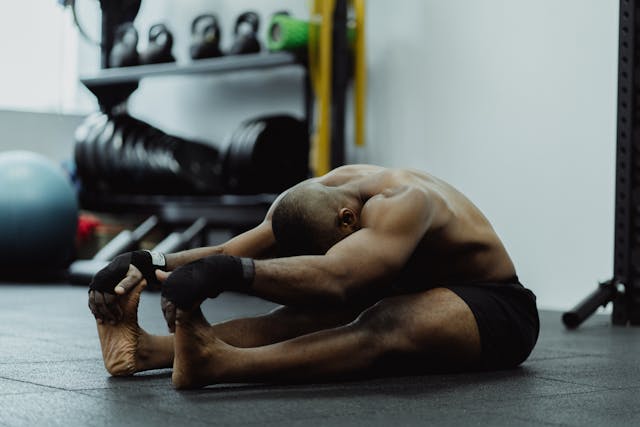
🏃 2. Reduces the Risk of Injury
Why It Matters
Flexible muscles and joints are less prone to strains and tears during sudden or intense movement. By lengthening tight muscles and fascia, stretching helps absorb shock more efficiently and promotes safer exercise execution.
Key Benefits:
-
Decreases risk of muscle pulls
-
Prevents joint overload injuries
-
Improves body alignment and mechanics
🧘 3. Improves Posture and Alignment
Why It Matters
Modern sedentary lifestyles cause tight hip flexors, rounded shoulders, and lower back discomfort. Regular stretching relieves these issues by correcting muscular imbalances and promoting proper posture.
Key Benefits:
-
Opens up tight hips and chest
-
Reduces lower back pain
-
Aligns spine and improves balance
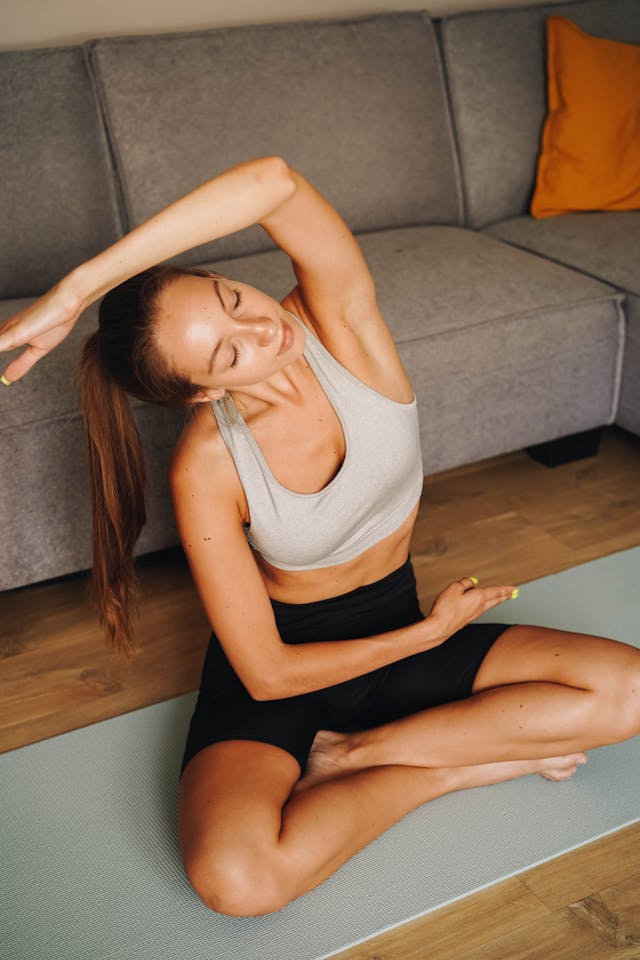
💆 4. Promotes Relaxation and Mental Clarity
Why It Matters
Flexibility exercises, particularly yoga and static stretching, activate the parasympathetic nervous system, which reduces stress hormones and promotes a calm, focused mind.
Key Benefits:
-
Reduces stress and anxiety
-
Enhances sleep quality
-
Lowers blood pressure and cortisol
🧠 5. Boosts Athletic and Gym Performance
Why It Matters
Flexibility helps athletes move more fluidly and execute movements with greater range, efficiency, and control. It’s also crucial for injury-free high-intensity performance in sports and gym workouts.
Key Benefits:
-
Enhances strength through full ROM
-
Improves sprinting, jumping, and lifting capacity
-
Supports better coordination and agility
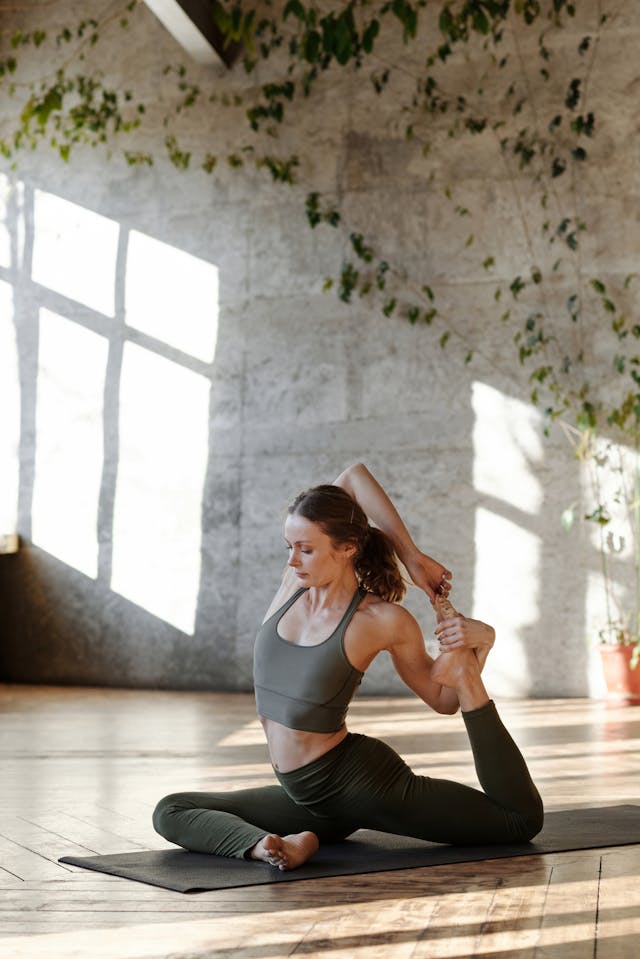
🕺 6. Increases Blood Flow and Nutrient Delivery
Why It Matters
Stretching improves circulation by dilating blood vessels and increasing blood flow to muscles. This enhanced circulation accelerates muscle recovery and reduces soreness post-workout.
Key Benefits:
-
Faster muscle repair
-
Reduced post-exercise inflammation
-
Enhanced performance recovery
🧍♀️ 7. Supports Better Balance and Stability
Why It Matters
Flexibility affects your ability to maintain equilibrium. Loose, supple muscles allow your body to respond more effectively to changes in terrain, motion, or load, especially as you age.
Key Benefits:
-
Reduces fall risk
-
Improves neuromuscular coordination
-
Supports proprioception (body awareness)
🔄 8. Aids in Daily Function and Mobility
Why It Matters
Simple actions like bending over, tying your shoes, or reaching for something can be challenging with stiff muscles. Enhanced flexibility makes daily life easier and more comfortable.
Key Benefits:
-
Easier movement in daily activities
-
Reduced pain during chores or work
-
Greater independence, especially in older adults
⏳ 9. Slows Age-Related Decline in Movement
Why It Matters
As we age, we naturally lose flexibility and mobility. Proactively training flexibility helps preserve muscle function and joint health, which promotes healthy aging and physical independence.
Key Benefits:
-
Delays joint degeneration
-
Maintains muscle tone and function
-
Encourages long-term mobility
🛌 10. Enhances Sleep Quality
Why It Matters
Evening flexibility routines such as gentle yoga or static stretches calm the nervous system, relax the muscles, and prepare the body for restful sleep.
Key Benefits:
-
Decreases nighttime muscle cramps
-
Promotes faster sleep onset
-
Reduces restlessness and sleep disruptions
🧘♂️ Types of Flexibility Training You Should Try
🔹 Static Stretching
Held stretches (e.g., hamstring hold) post-workout or before bed.
🔹 Dynamic Stretching
Movement-based stretching (e.g., leg swings, arm circles) before physical activity.
🔹 PNF (Proprioceptive Neuromuscular Facilitation)
Stretching with resistance for deeper flexibility gains.
🔹 Yoga and Pilates
Blends static and dynamic techniques with breath and balance work.
🗓️ Sample Weekly Flexibility Routine
| Day | Activity | Focus Area |
|---|---|---|
| Monday | Dynamic warm-up + Yoga | Full body mobility |
| Tuesday | Static post-workout | Lower body stretch |
| Wednesday | Yoga + Foam rolling | Back and spine |
| Thursday | PNF partner stretching | Hamstrings & hips |
| Friday | Gentle stretching routine | Neck & shoulders |
| Saturday | Pilates or Tai Chi | Core & alignment |
| Sunday | Rest or light stretching | Breathwork & recovery |
❌ Flexibility Myths Debunked
❌ Myth #1: Flexibility = Weakness
✅ Truth: Flexibility enhances strength by allowing full muscle activation through a wider range.
❌ Myth #2: You need to stretch only before workouts
✅ Truth: Flexibility is beneficial any time of the day, especially after prolonged sitting or before sleep.
❌ Myth #3: Only dancers and gymnasts need flexibility
✅ Truth: Everyone—from office workers to seniors—benefits from improved mobility.
❓ FAQ: Flexibility Training Questions Answered
Q: How often should I stretch to improve flexibility?
For noticeable results, aim for at least 3–5 times a week, targeting all major muscle groups.
Q: Can I increase flexibility at any age?
Yes! With consistent effort, flexibility can improve well into your 70s and beyond.
Q: What’s the best time to stretch?
After your workout or in the evening when muscles are warm is ideal.
Q: How long does it take to see results?
Most people feel improvements within 2–4 weeks of consistent flexibility training.
📚 Scientific References and Resources
-
Harvard Health. (2021). Stretching: Focus on flexibility
-
Verywell Fit. (2023). Why Is Flexibility Important
-
Mayo Clinic. (2022). Stretching: Myths vs. Reality
-
NCBI. (2018). The role of flexibility in physical fitness and injury prevention
🔚 Flexibility Is the Missing Link in Your Fitness
Flexibility isn’t just about touching your toes. It’s about moving through life with ease, strength, confidence, and safety. By improving your flexibility, you’ll reduce pain, move more freely, sleep better, and even slow down aging.
Whether you’re an athlete, an office worker, or a retiree, it’s never too late to start stretching your limits—literally and figuratively.

